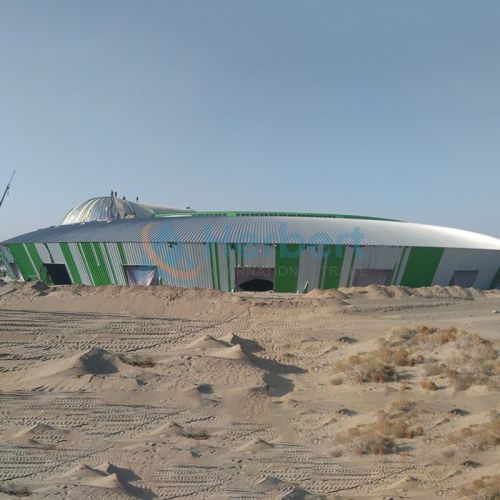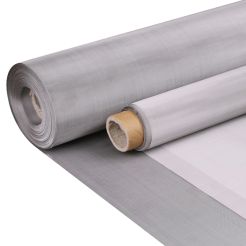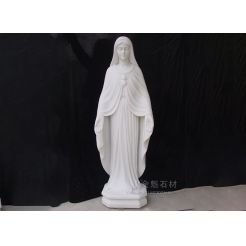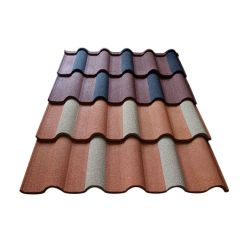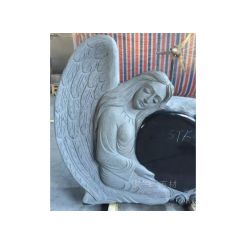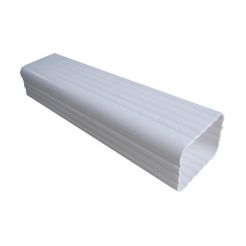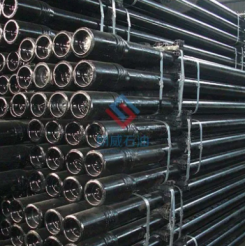Steel Roof Trusses
Steel Roof Trusses
Product Description
Advantages Of Using Steel Roof Trusses
All of the advantages of building with steel roof trusses are akin to the benefits of building with steel in general. In addition to meeting stringent green building certification requirements, steel is strong, durable and resistant to the majority of the threats that wood trusses are vulnerable to.
Here are some of the advantages of building with steel trusses, in no particular order.
High strength-to-weight ratio. Once of the major advantages of steel trusses is their high strength-to-weight ratio. Not only does this make for a stronger product, and one that can withstand heavy wind and snow loads (more on the later), it also allows for roof designs with superior spanning capacities. This is why steel is almost exclusively the choice for builders designing large sporting arenas, warehouses, hangars and so on.
It is uniform. Unlike timber which can’t possibly be uniform due to its inherent, natural growth environment, steel roof trusses are completely true to form. They are pre-fabricated in factories with stringent quality control. Therefore, the trusses that arrive at the job site are constructed exactly as designed, with minute variation – if any. This isn’t possible in the realm of wood timbers, whose properties can vary over time, especially in response to temperature fluctuations and relative humidity.
Steel is incredibly durable. Adequately coated steel trusses are extremely durable. Not only can they withstand high stress situations under scenarios of both tension and pressure, they also require very minimal maintenance. Steel also has high ductility, so significant deformities can occur – the large majority of which would be obvious and flag a need for replacement – before the roofing system will fail. Steel and metal roof systems are also recommended in areas of the country where there is severe wind and/or or storm potential. Roofs can be engineered to resist extremely high wind uplift ratings, including hurricane-force winds, and the aforementioned resistance to pressure makes them an ideal choice for regions of the country that experience heavy snow-loads.
Complete pest resistance. Timber trusses are susceptible to pests, which is a serious threat in areas that are prone to termite and other wood-boring pest infestations. While wood can be treated to increase pest -resistance, the treatments are inherently toxic, which diminishes indoor air quality and is a black mark on any project that desires to be sustainable or eco-friendly.
Fire-resistant. Fire-retardant coatings render steel roof trusses virtually indestructible by fire. This is important for any structure with living occupants or that houses valuable property. Increased fire resistance is also an added benefit for structures built in high-storm areas or where there is a greater risk of seismic activity, both of which can elevate a structure’s risk of fire.
Eco-Friendliness. As mentioned at the beginning, steel and metal buildings get extra points with reputable green building certification programs such as LEED. One of the main reasons for this is that steel trusses are fabricated using up to 90% recycled content and are also 100% recyclable at the end of their lifespan. This, combined with the fact that they are incredibly durable and rarely need to be replace, makes them a very eco-friendly building product.
Many of these advantages segue to other advantages. For example, steel’s uniformity makes it less prone to maintenance throughout its lifetime and its ability to be pre-fabricated leads to faster erection times, resulting in lower overall labour costs.
When looked at as a whole, these advantages make metal roof trusses an affordable building option, especially when you weigh the savings gained via lifetime costs as a result of their durability and longevity.
